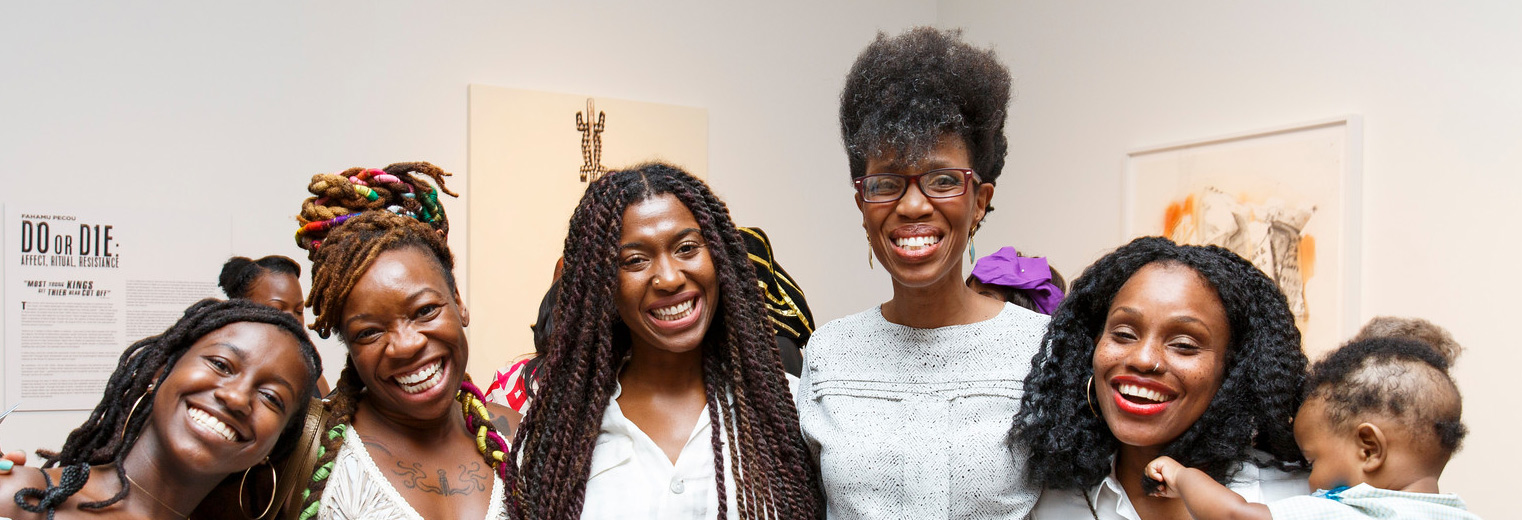

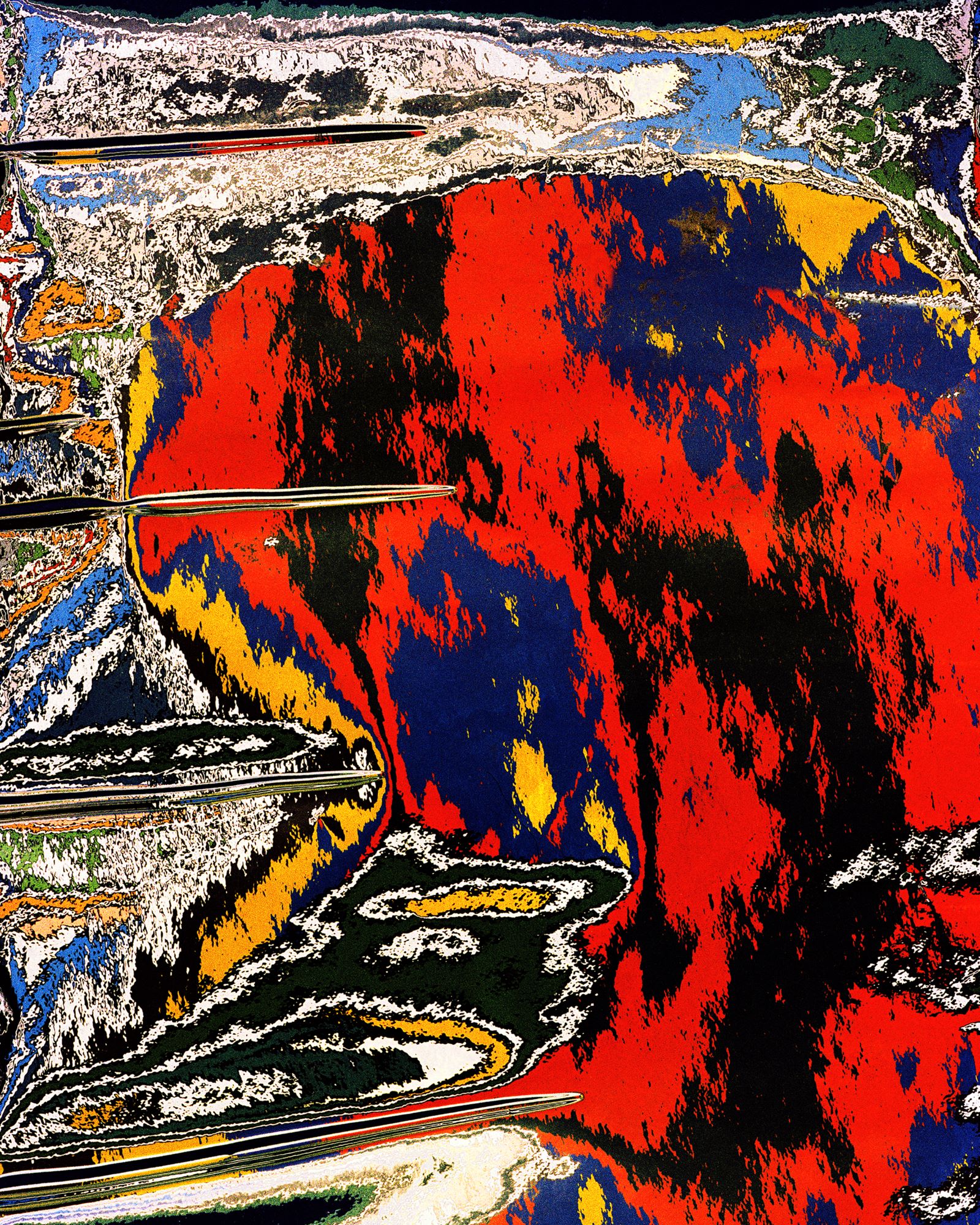
Inspired by the Ndebele culture located in Northeastern South Africa, Namsa Leuba’s Ndebele Patterns photographic series is a distorted and unrecognizable representation of the Ndebele wall paintings that originate as far back as the 18th century. The patterns painted by this culture have immense symbolism for the people who create them, with each color, line, and shape having specific meanings. These meanings range from self-identity and prayers to emotions and marriages. Beyond this, the Ndebele patterns also acted as a sign of cultural resistance against white farmers who believed themselves to be more powerful and superior. Another important aspect of these patterns is that married women of a Ndebele household would be responsible for creating and executing the wall paintings.
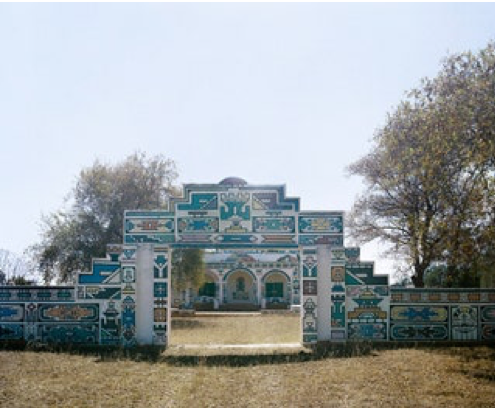
Photographed by Francois Visser: https://www.vogue.com/slideshow/francois-visser-painted-ndebele-homes-south-africa
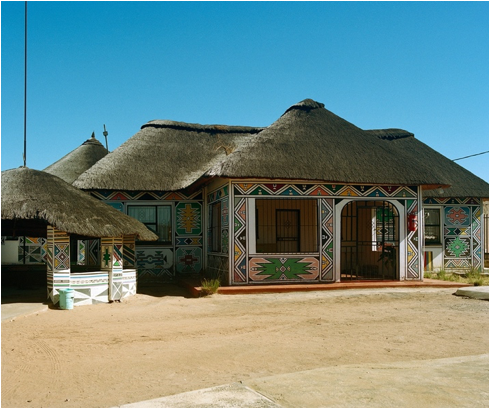
Photographed by Francois Visser: https://www.vogue.com/slideshow/francois-visser-painted-ndebele-homes-south-africa
The iconography of these photos is buried deeply underneath the essence of acid and noise, which is a result of Namsa’s editing choices. Without understanding the history of the images, the viewer will not understand the historical significance of them and how they relate to the work as a whole. This is one of the distinct links between Ndebele Patterns and the other works that are displayed alongside it in Crossed Looks; each image featured in the exhibition is oozing with meaning and significance begging to be explored and understood. This particular series, however, is unique in that it does not look like a traditional photograph, nor does it read like one to the viewer; these pieces appear abstract, almost as if created by a computer program rather than a photographer. They contain vibrant surrealist forms, bursting with bold colors in odd shapes and a lack of portraiture- unlike most of Namsa’s work showing in the exhibition. Another unique characteristic to Ndebele Patterns is the method that Namsa used when creating the images, because even though they do not look as such, they are still photographs. How did she create them into something so unrecognizably electrifying?
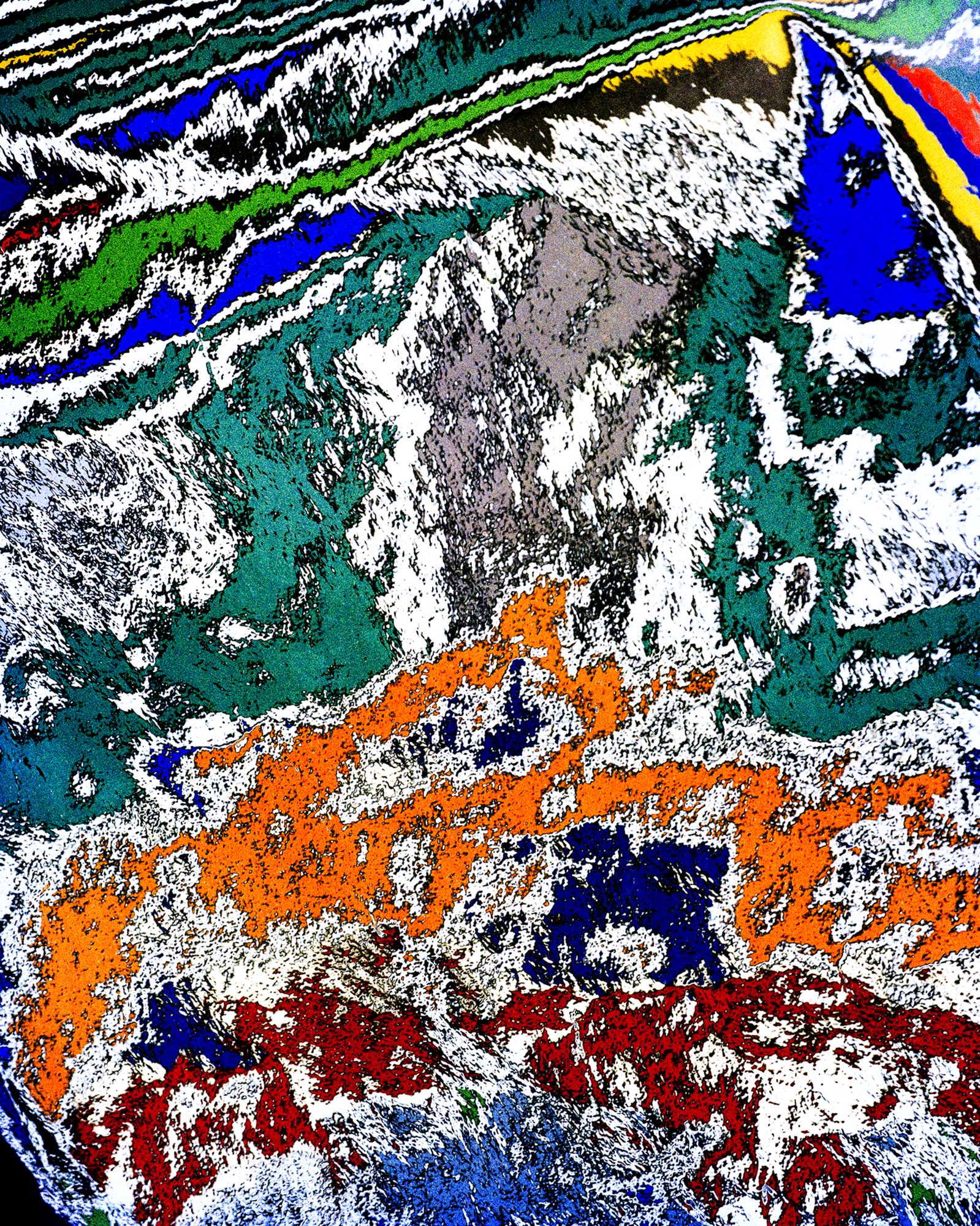
Namsa Leuba, Untitled VII, 2014. From the series Ndebele Patterns
To make these photographs, Namsa used a mirror to capture a skewed image of the patterns on Ndebele houses. Then, through digital editing she distorted each image into something abstract. Namsa does not use this process for any other series on display, yet the cultural and historic African themes remain, allowing for the series to not only stand out but also beautifully blend into the story and significance of Crossed Looks.
-by Jillian Thorvaldson, Halsey Institute intern
top image: Namsa Leuba, Untitled VII, 2014. From the series Ndebele Patterns